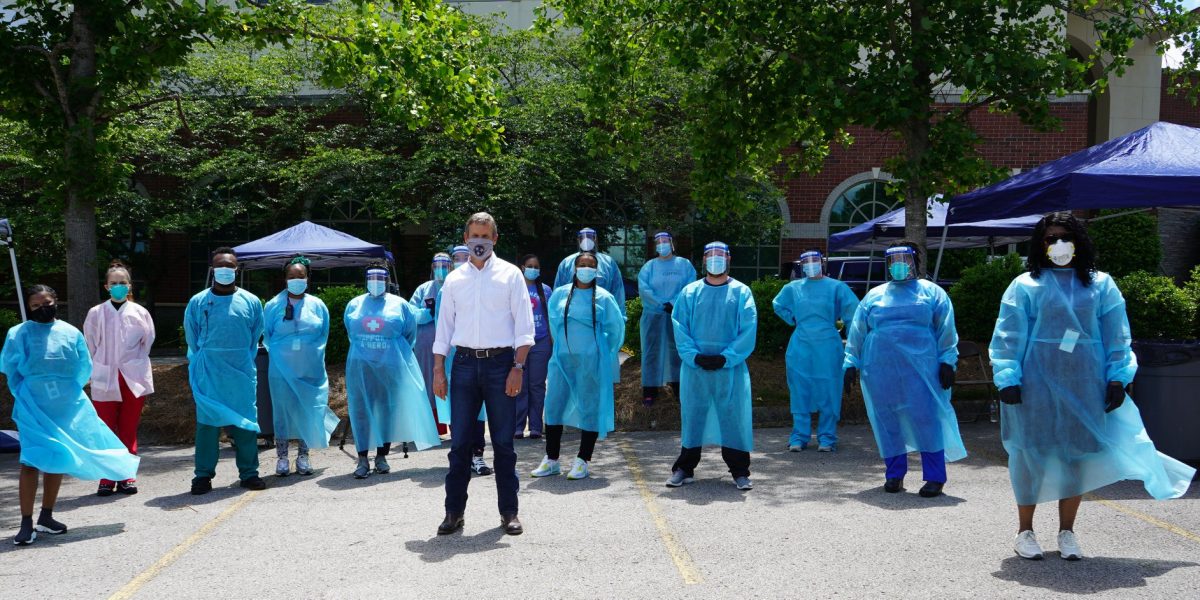Health departments in Memphis and Nashville got a $50.3 million grant from the Centers for Disease Control and Prevention (CDC) to address COVID-19 health disparities in what officials call the agency’s “largest investment to date to improve health equity in the United States.”
The Shelby County Health Department will get just a bit less than $6.6 million. The health department in Nashville will get just under $5 million. Most of the funding ($38.8 million) will go to the Tennessee Department of Health. The grants are part of a $2.25 billion national investment in funds from the CDC aimed at advancing health equity in COVID-19.
“The pandemic has laid bare longstanding health inequities…”
Dr. José T. Montero, CDC
“The pandemic has laid bare longstanding health inequities, and health departments are on the front line of efforts to address those inequities,” Dr. José T. Montero, director of CDC’s Center for State, Tribal, Local, and Territorial Support, said in a statement. “These grants will provide these health departments with much needed support to address disparities in communities that need it most.”
The grants are set to improve and increase testing and contact tracing “among populations that are at higher risk and are underserved, including racial and ethnic minority groups and people living in rural communities.” They’re also to improve state health department capacity to prevent and control COVID-19 infection.
A $1 million Tennessee project was launched in April to improve COVID-19 outcomes for underserved Tennesseans. Researchers at the University of Tennessee Health Science Center joined the group of 33 academic and community organizations in the project led by Nashville’s Meharry Medical College. The project is called the Tennessee Community Engagement Alliance (CEAL) Against COVID-19 Disparities.
People with low incomes are at increased risk of COVID-19 infection because they more often serve as front-line workers and live in more crowded households.
Dr. Jim Bailey, UTHSC
“People with low incomes are at increased risk of COVID-19 infection, because they more often serve as front-line workers and live in more crowded households,” said Dr. Jim Bailey, a UTHSC professor and an investigator on the Tennessee COVID-19 project. “And because low-income people don’t have equal access to healthful food, opportunity for exercise, and primary and preventive care, they are more likely to suffer from obesity, diabetes, and cardiovascular disease, conditions that put them at much higher risk of death from COVID-19.
“We are testing whether intensive support from community health workers in developing their own COVID-19 prevention strategies and encouraging vaccination, can help the most vulnerable people in our community protect themselves and their families from COVID-19.”

The goal of the Tennessee CEAL project is to dig into and better understand the factors that contribute most to disparities in COVID-19 infection and death rates impacting African Americans and the Latinx community in Tennessee. It is also looking for ways to prevent COVID-19 infection, expand testing, and improve vaccine readiness in those communities. The long-term goal is to better address structural inequities and social determinants of health driving racial and ethnic disparities in infection and death rates from COVID-19.
Each region’s leadership is identifying any unique regional resources or cultural norms that will encourage a successful outcome for those participating in the project.
Dr. Altha Stewart, UTHSC
“This is a statewide effort being customized for each of the regions,” Dr. Altha Stewart, a UTHSC professor and project investigator, said in a statement. “The partners are working to assure that there is a consistency to the implementation of the interventions and the community education components, but each region’s leadership is identifying any unique regional resources or cultural norms that will encourage a successful outcome for those participating in the project.”
